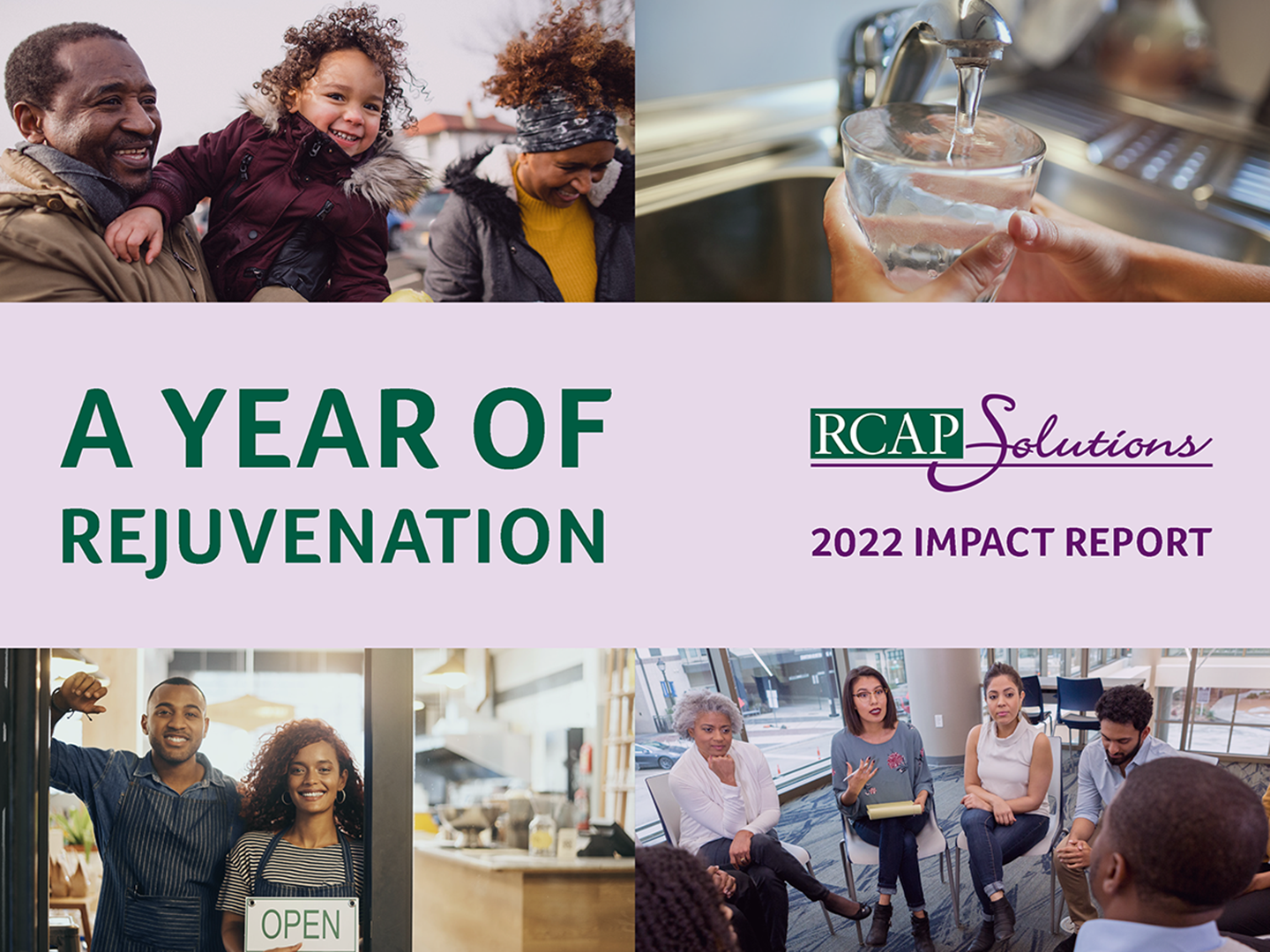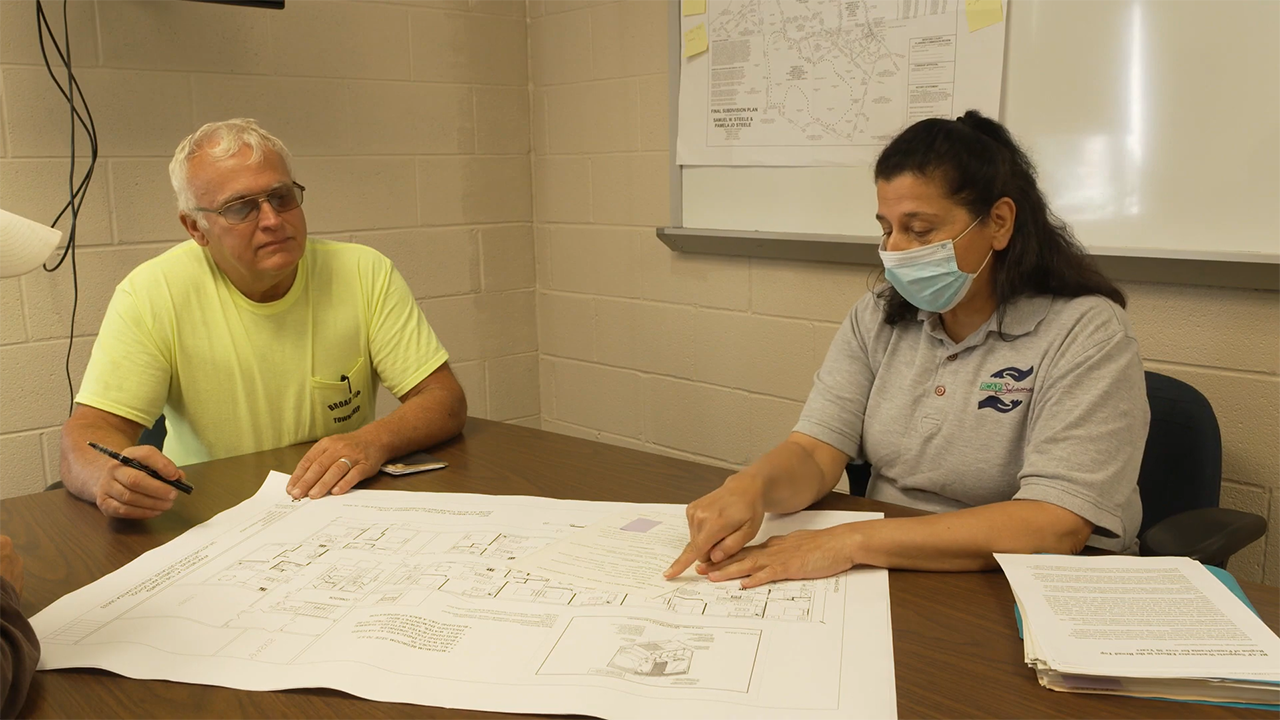Case Study: From a Disadvantage to an Opportunity – Assessing Community Needs & Capacity
Written By: Matt Cassedy, Connecticut State Manager

BACKGROUND: Aging infrastructure is a reality for many communities facing needed projects and improvements. Asset management, inventory tools, GIS and funding programs have increased substantially to meet industry and community needs. Financially, these communities are experiencing larger projects with increasing project costs with longer terms ranging from 20-40 years. Many small communities have functioned without the need to consider larger projects that address entire distribution systems or treatment overhauls. Focusing on having a certified operator, emergency power, tank maintenance, pump replacement, lab testing, flushing, and dealing with emergencies have been consistent priorities. Priorities for many small communities have been added, replacing lead service lines and potentially sections of main pipe to remove lead sections and affected areas. Replacing services and primary piping is a large step in more ways than one. Often, for small communities, the location and available access to all the assets like service lines and mains are difficult, especially without ways to isolate or redirect water service to limit multiple customer impact. Large projects for small systems with limited revenue sources is where help is needed the most and where RCAP can help. For School Hill Water Association (School Hill) in Broad Brook, CT, the funding hurdles needed to address the infrastructure projects seemed too big. School Hill is a Public Water System (PWS) that serves 31 residential homes in Broad Brook, CT. Faced with major infrastructure replacement the board of School Hill sought assistance from CT State Revolving Fund (SRF). After reviewing the project, cost calculations, estimates and timeline the CT SRF loan department worked with School Hill and stakeholders on preliminary figures.
THE CHALLENGE: Funding programs that have a matrix for disadvantaged criteria look at specific data to assess the eligibility, approval, and terms of loans and programs. Official data used to assess the need for funding assistance don’t always accurately represent smaller communities. Broad Brook is a Census Designated Place (CDP) within the town of East Windsor, CT. The data used to represent School Hill would incorporate all Broad Brook CDP. CDPs are typically an identified area with a population concentration and used for statistical purposes. School Hill, as a PWS with only 31 homes, does not meet the same criteria to use census data from Broad Brook. School Hill needed data that represented a real financial snapshot and assessment based on their unique community data.
RCAP and CT SRF met and discussed School Hill’s project plans and RCAP services to provide a disadvantaged criteria assessment. Prior to the assessment, RCAP and CT SRF agreed that an income survey to the customers of School Hill water system would provide a much-needed piece in the assessment.
THE APPROACH & SOLUTION: RCAP Solutions worked with CT SRF and School Hill to provide an income survey to the community. The survey was completed within a month and a final report provided additional data used in the disadvantaged criteria assessment. The income survey targeted all 31 homes and resulted in statistically accurate and sound results used to determine community impact from proposed projects and loans. Additional consideration addressed user rates, operational fees, debt service, project information, loan data and economic trends. Between the start and completion of the assessment alone, costs from various vendors and suppliers were increased. The final income survey and disadvantaged criteria assessment provided real data, calculations, and considerations representative to the community of School Hill, so that CT SRF could make determinations on disadvantaged criteria loan terms.
THE IMPACT: Connecting programs and funds to communities that can benefit from much needed system improvements and upgrades is the center of what RCAP provides to small communities. Through technical, managerial, and financial assistance, RCAP works with industry partners, funders, and primacy agencies, to positively impact water communities. Within RCAP’s expertise there is no limit to how the application of services can build and sustain communities. With various state approaches to small and/or disadvantaged criteria, RCAP curtails outcomes and priorities to meet the unique needs of individuals and communities. RCAP’s essential role in water infrastructure improvements and healthy communities shows with improved infrastructure stability, operational resiliency, and community support.












